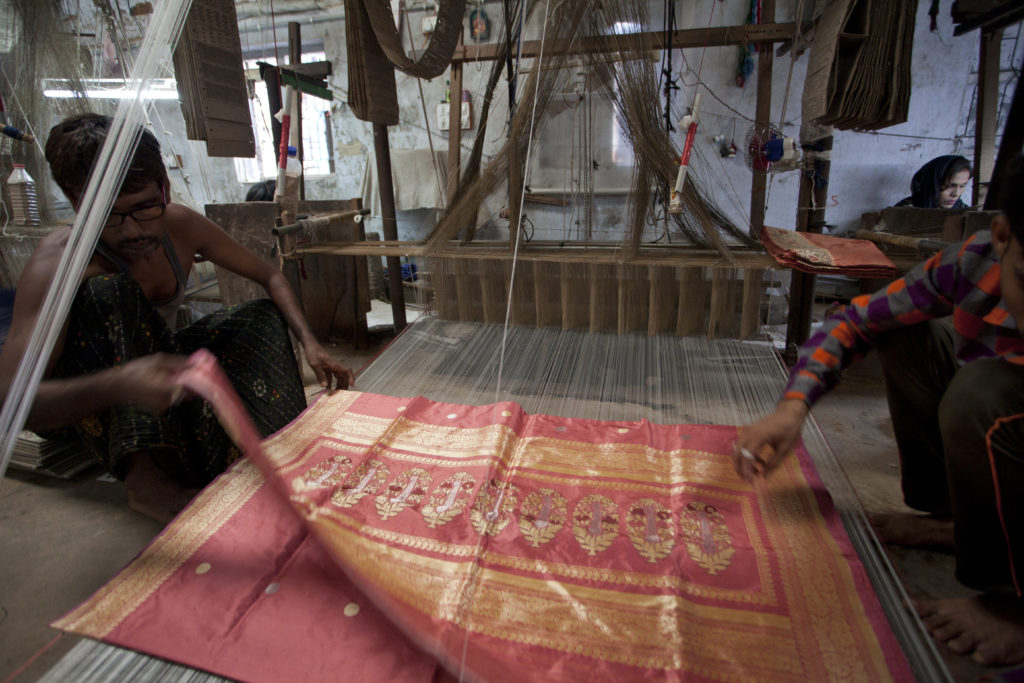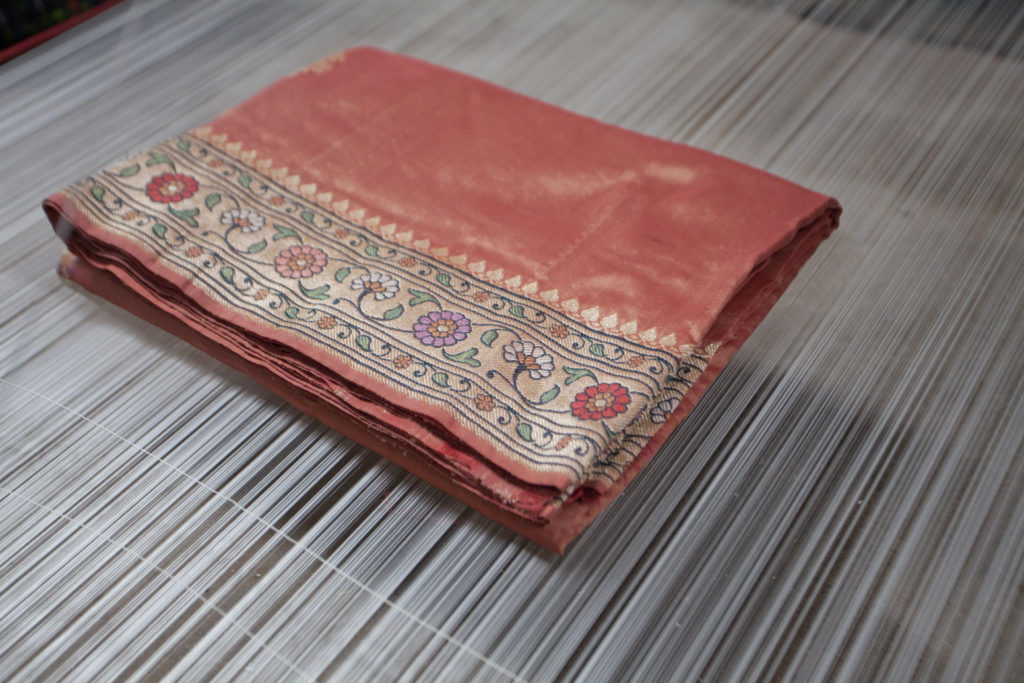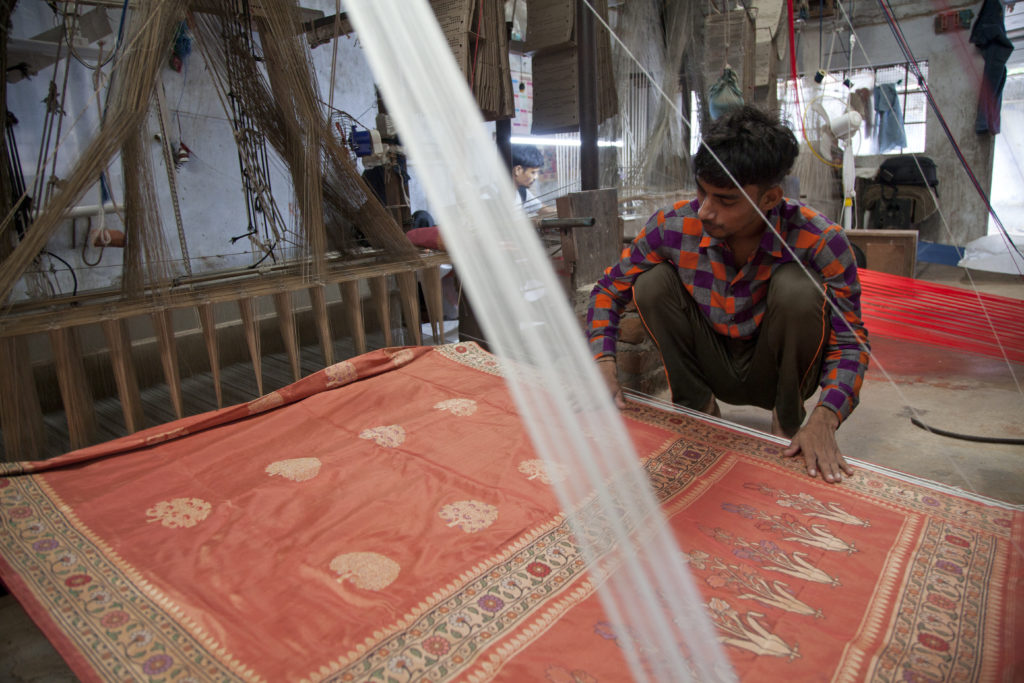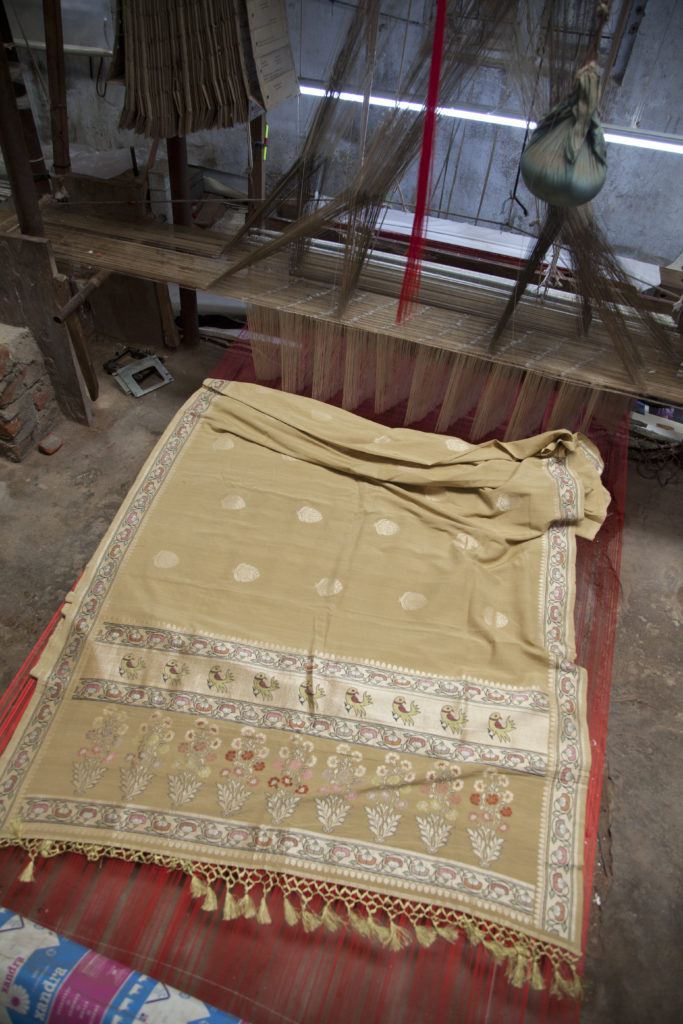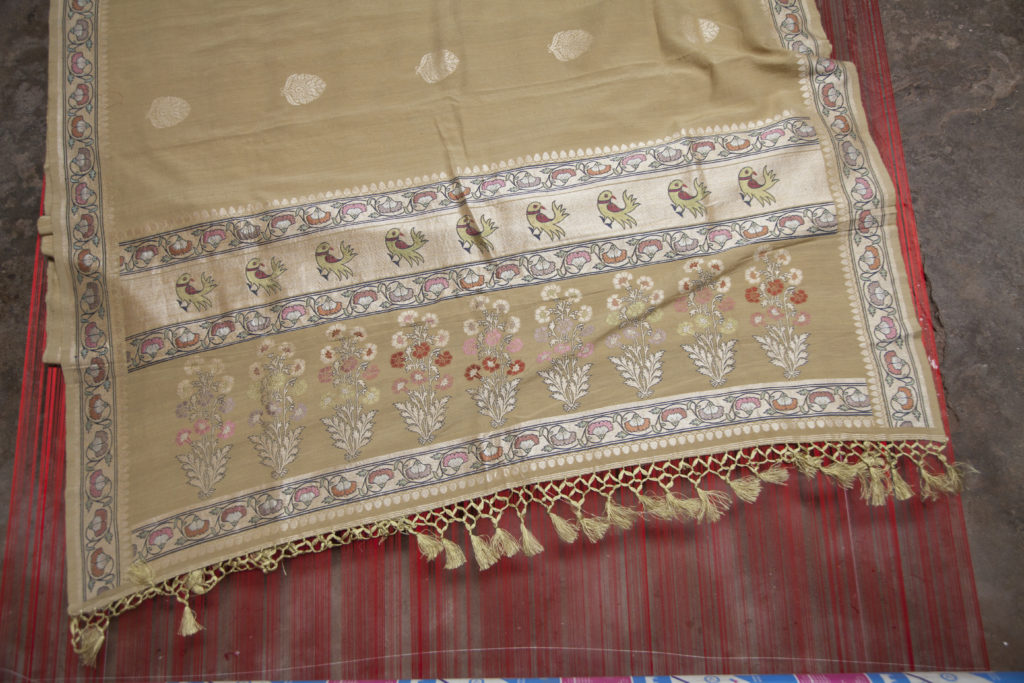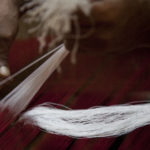The little-known Ashavali cluster in Ridrol, Gujarat
The beauty of India is that every weaving cluster is special, every cluster does something so totally unique and yet is so tied to the land. So too with Ashavali.
I am not proud to admit this but as a South Indian, I knew very little about Ashavali. In my defense, it is perhaps like asking someone in Bhuj if they know the intricacies of Molkalamuru.
Local Ashavali weavers state with pride that Ashavali brocades laid the foundation for brocades in India, that weavers travelled from here to Benaras.
History of Ashavali
Brocades named as kinkhabs (or khinkhabs) originated in a village named Ashaval, situated on the banks of Sabarmati river, gradually became popular as Ashavali brocades, one of the finest brocaded silks of medieval times.
The land was first called Ashapalli or Ashaval till around the 8th century.
Around the 11th century, Karnadev I, the ruler of Anhilwara (now called as Patan), defeated Bhil, the king of Ashaval and established a city called Karnavati.
In 1411 AD Sultan Ahmed Shah conquered the city. Legend has it that while the Sultan was camping in the banks of the Sabarmati river, he saw a hare chasing a dog and was impressed by this act of bravery. This shall be my capital, he said. And it will be named after me as Ahmedabad.
Gulf of Cambay (Khambat) was an ancient port near Ahmedabad.
According to the book, The Cultural History of Gujarat, silk-weaving was exquisitely done, both with and without gold thread, in Surat, Ahmedabad and Cambay.
Tavernier says, that of the 22,000 bales of raw silk produced at Kasim bazaar, the 10,000 bales or thereabouts which remained in the country after meeting foreign demands were brought to Gujarat for being woven into silk fabrics. That’s about half the silk of the country.
The Mird-ul-Ahmadi refers not less than three times to the manufacture, in royal workshops at Ahmedabad, of the most expensive velvet pavilions and canopies worth a lakh of rupees, each of which were sent on great occasions to the court of the Emperor, and erected on the palace-grounds. Surat, especially, was famous for its silk and gold carpets. Besides these, satins, taffetas and patolas (silken stuff, and all embellished with flowers) were made in great quantities at Surat, Ahmedabad and Patan.
Gujarat in the middle ages was the centre of the silk trade.


